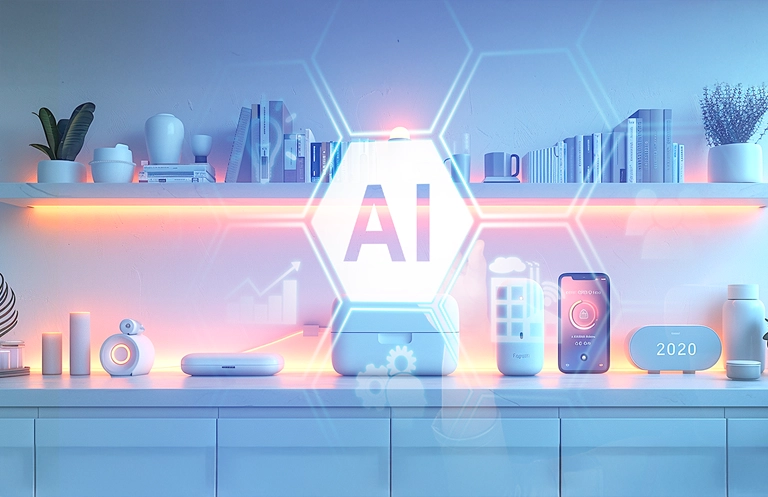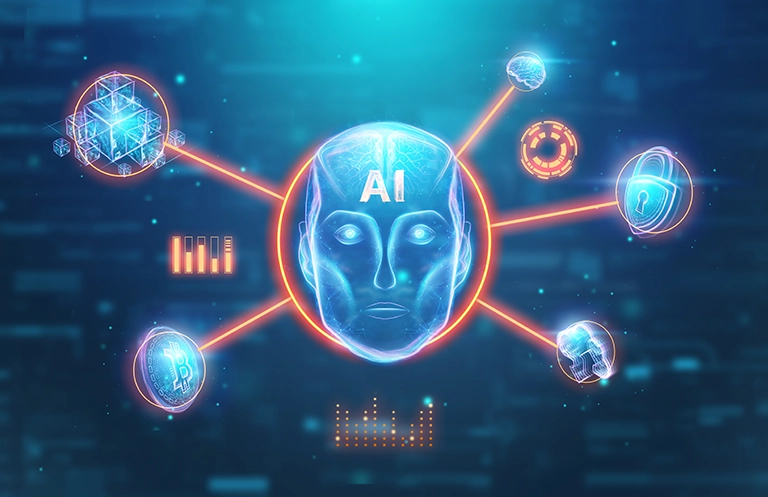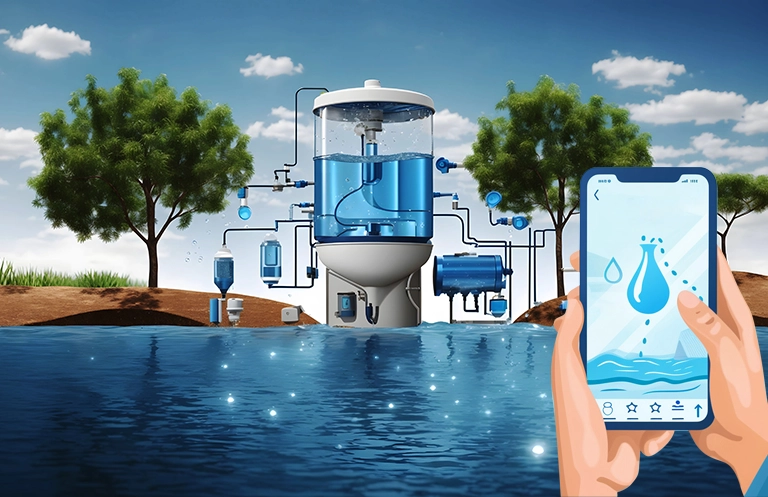In this 3 part series on Deep Learning based Object Detectors, in part 1 we have seen how Deep Learning algorithms for object detection and image processing have emerged as a powerful technique and in part 2 we had a look at how they work along with enabling factors like data and infrastructure, and how they have evolved into the robust ecosystem. In part 3, we will look at some key emerging trends w.r.t technology maturity and business value potential that will shape object detection and computer vision discipline as a whole.
In 1966, about ten years after the first AI brainstorming session, MIT professor Seymour Papert asked his students to work on a visual system as a summer assignment. The task was to design a visual system that could divide pictures into “likely objects, likely background areas, and chaos.”
Having once misjudged computer vision as a problem that could be solved over a summer, the machine learning community has continuously strived for approaches for reliably detecting different types of objects in standalone images and video streams. While answering questions on object detection (which object/ class?) and localization (where in image?) forms core value proposition here, other aspects like pose (what orientation?), action (what is happening?) and motion (what path?) are also estimated from input streams.
DOWNLOAD Whitepaper
Predictive Analytics Using Google Cloud Platform Based Deep Learning
Real life use cases envisioned for object detection range across verticals like automotive and transportation (autonomous driving, UAVs), manufacturing and industrial (equipment health monitoring, robotic perception), healthcare (medical imaging for diagnostics) and identity and access control (biometrics and face detection) among many more.
Autonomous and Assisted Driving
This represents the most popular application for object detection presently in the industry. From detecting static objects (traffic signals and signs, road markings, poles and sidewalks) and moving objects (various makes and classes of vehicles, pedestrians and road workers) to estimating object paths and trajectories (cut-ins, road crossing, men-at-work etc.), there is extensive research and production trials underway by industry bellwethers and startups alike.
Some prominent names in this space include Tesla, Waymo and Uber (from industry) and academic labs (MIT, Stanford). These teams are approaching the solution to problem of autonomous driving at scale in different ways and with different tools. It will be interesting to see how the discipline matures over the next few years.
Smart Medical Diagnostics
Detecting health conditions from image outputs of non-intrusive radiology scans like X rays, CT scans, PET scans MRI and sonography is another advancement frontier for object detection. While data privacy concerns surely exist, detecting wide variety of bone fractures, tumors and cysts w.r.t location, size and composition (in some cases), especially at very early stages using deep learning techniques is projected to improve diagnosis and treatment success rates.
Robotics
Powering seamless, intelligent robotic navigation needs high degree of dexterity, environment awareness and responsiveness in robotic agents. In the navigation pipelines spanning perception-planning-control, deep learning based computer vision, especially object detection, plays a critical role in the perception stage by identifying class, location, boundaries and pose of objects surrounding the robotic agents in real time and creating abstractions about the observations (i.e. objects, classes, co-ordinates, orientations, paths etc.) that are then fed into the planning and control stages to execute the actual dexterous manipulations and movements of robotic agents. As these technologies mature, autonomous systems will be adopted increasingly in real world applications for industrial, commercial and individual usage.
Process Automation
Object detection pipelines can be used for automating business processes like industrial quality control (detecting physical characteristics of manufactured components in production lines), inventory monitoring, and analysis (detecting SKU level stocks in cabinets and shelves using mask level object and instance detection). This approach could improve worker productivity significantly and ensure streamlined end customer experience.
Making it work in real life
Just like any emerging technology, currently there are very few real life, at scale industry deployments of ML based object detection pipelines. Seamlessly embedding and operationalizing these tools in production environments of enterprise technology and application landscapes will need an ecosystem of supporting tools for improving throughput (data efficiency, CICD, testing, performance monitoring and optimization) and compliance (explainability, energy efficiency etc.). Those are still developing or, in rare cases, maturing.
Also, thinking of object detection pipelines as a part of larger canvas of machine learning decision systems (which is the way forward) increases complexity considerations.
- Uncertainty in sensors, communication and fundamentally in outcomes of stochastic processes
- Data complexity in terms of format variability, sample asymmetry
- Edge constraints like computational budget for inference, latency and security infrastructure
- Multi-modality of input streams (in case of sensor fusion) at production scale
All these are disciplines on their own and are a major focus of machine learning research teams in industry and academia.
Wrapping Up
Once fully operationalized, the deep learning based object detection will unlock benefits like improved throughput of business processes, higher user productivity and better customer experience, thus leading to higher profitability and customer lifetime value. Till then, it will be interesting to see how this emerging and interesting discipline matures into mainstream enterprise technology landscape and how broader user and developer communities emerge around these technologies.
eInfochips offers highly customized solutions on advanced machine learning algorithms. We help in integrating the deep learning algorithms with image & video analytics to deliver utmost customer satisfaction and gain a competitive edge over others. If you are planning to implement deep learning for your business connect us today.












